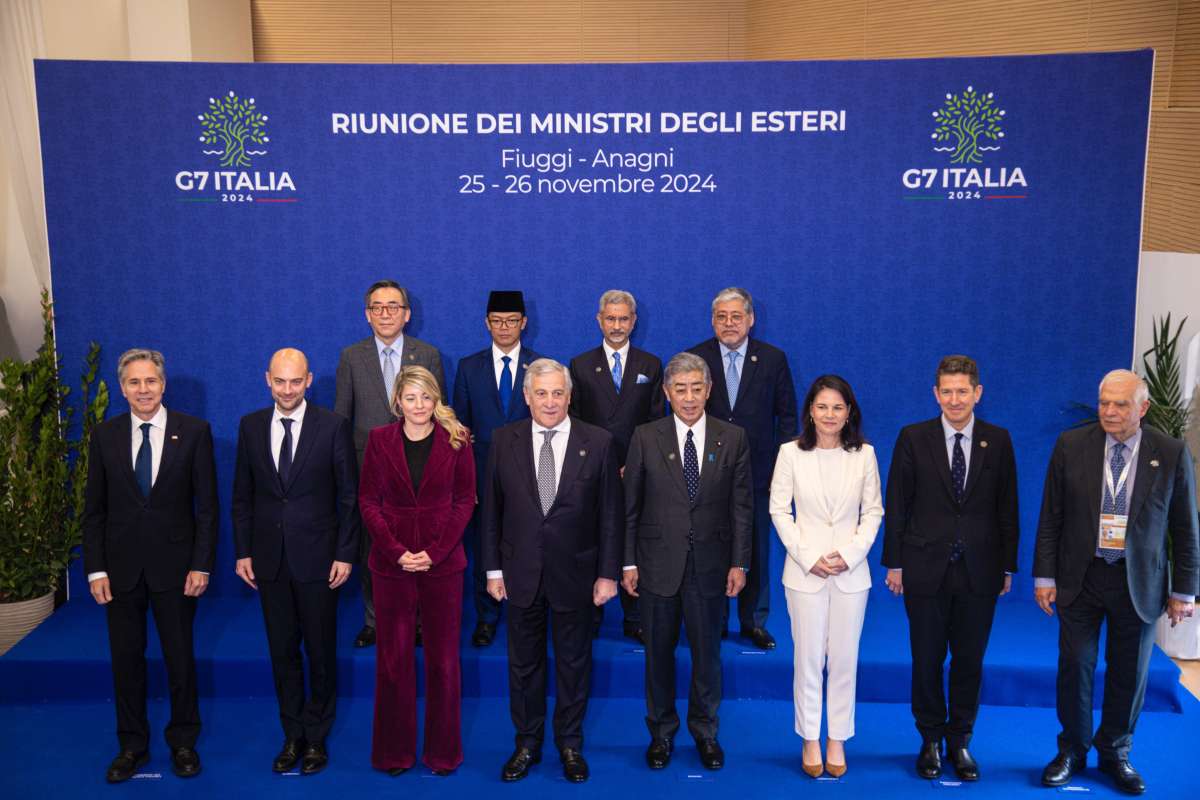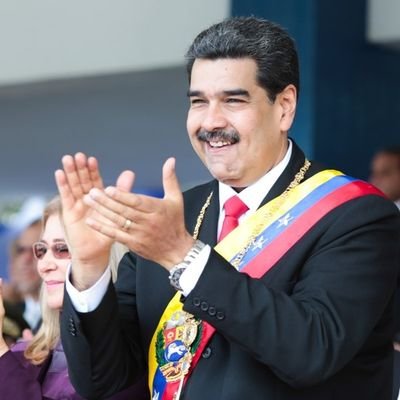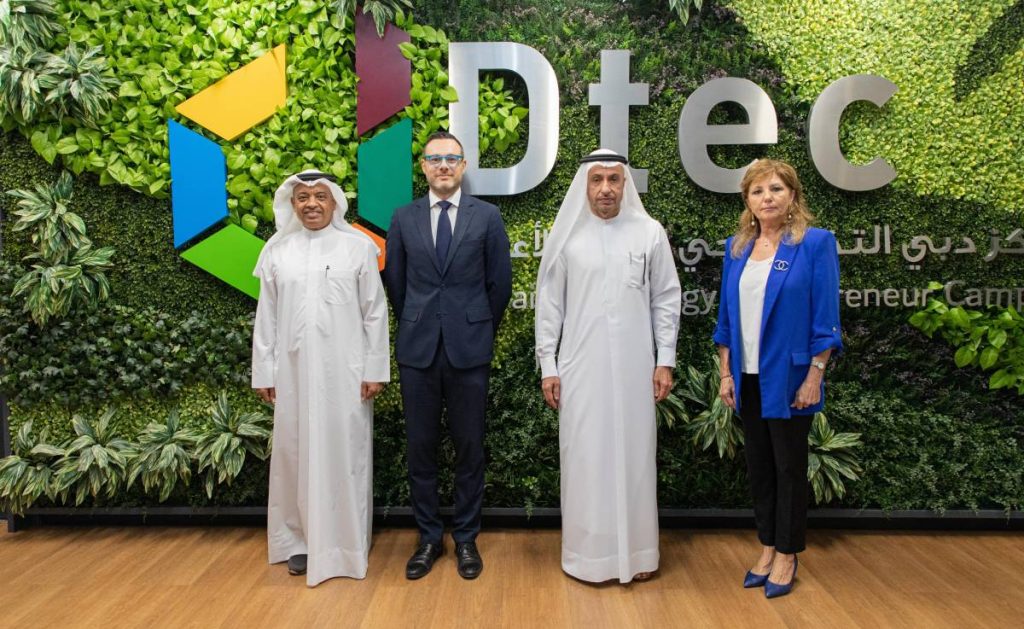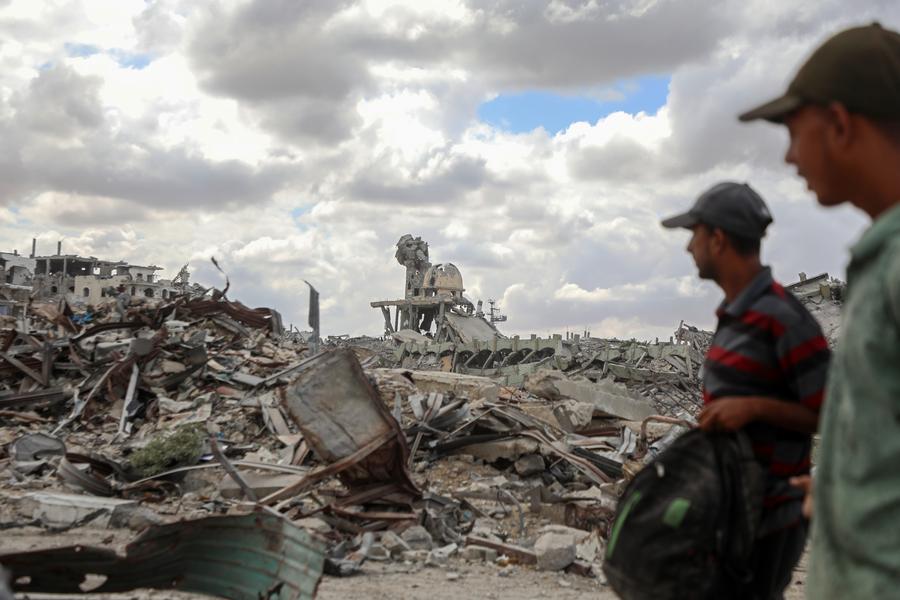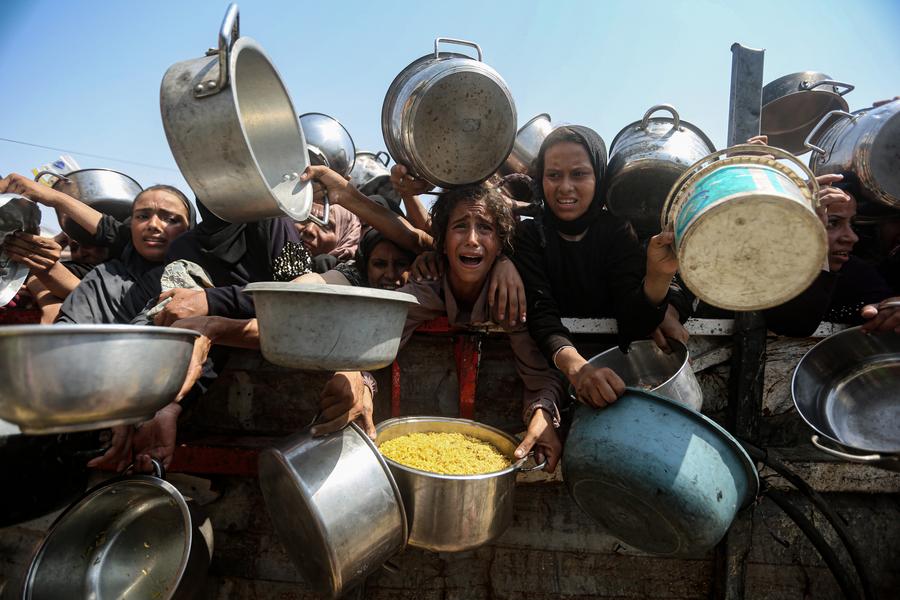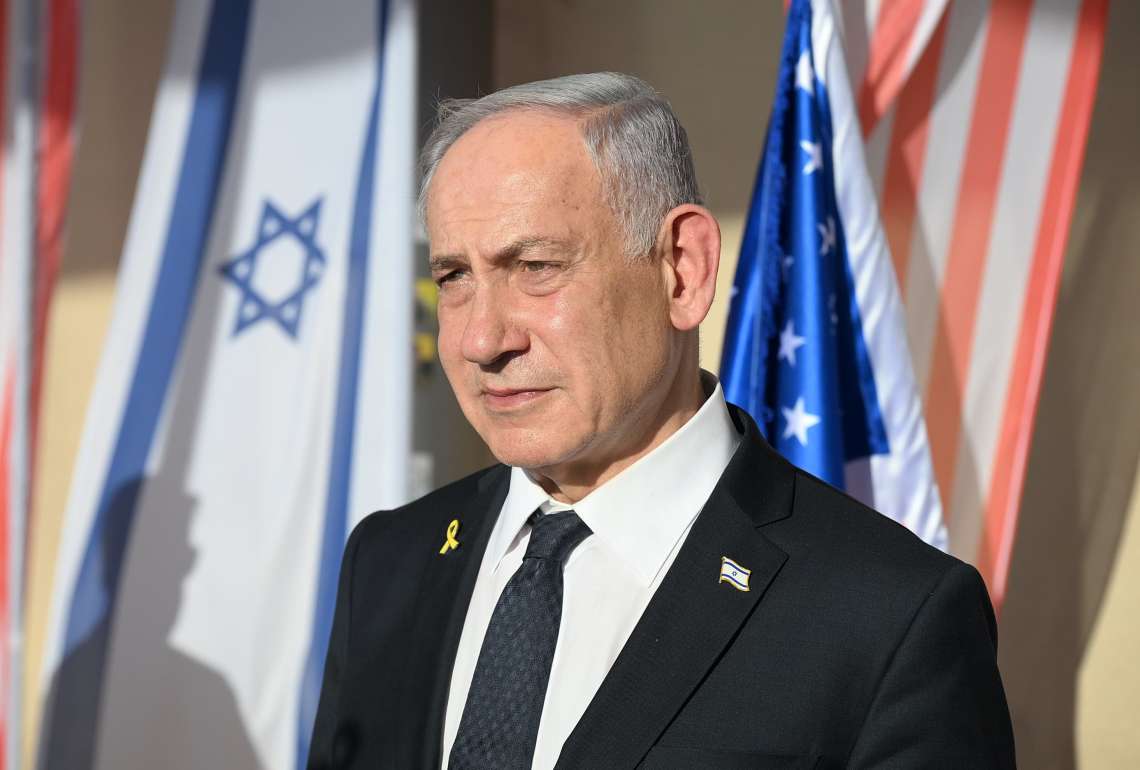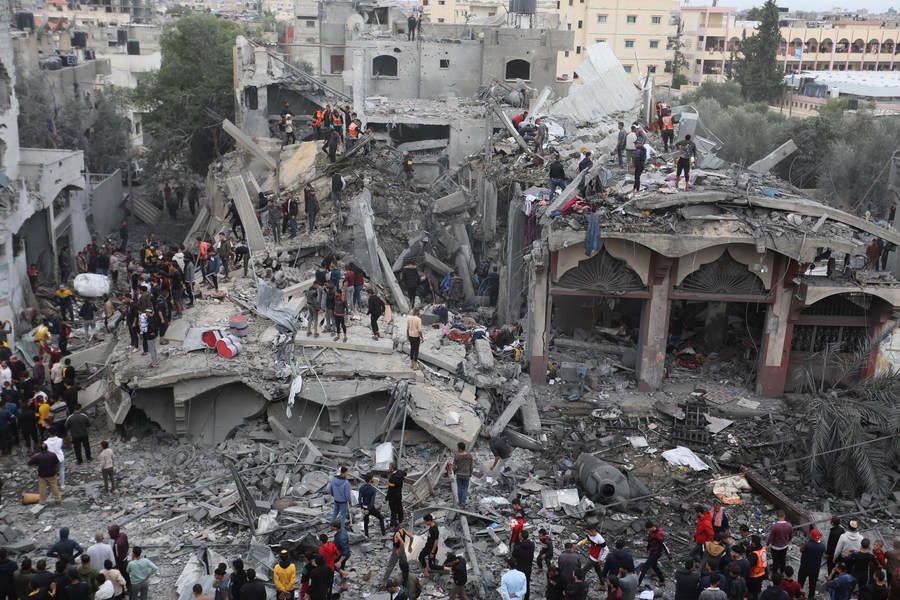The US has promised to raise £162bn of the total through grants, federal funds and private investment, while the EU has announced a further £257bn…reports Asian Lite News
G7 leaders have detailed plans to mobilise $600bn in funding for the developing world in a move seen as a counter to China’s Belt and Road plan.
The Partnership for Global Infrastructure and Investment (PGII) relaunches a scheme unveiled at last year’s G7 talks in England.
US President Joe Biden said the plan would deliver returns for everyone. China’s multi-trillion dollar infrastructure initiative is criticised for hitting nations with too much debt.
“I want to be clear. This isn’t aid or charity,” Mr Biden said of the G7’s PGII scheme. “It’s an investment that will deliver returns for everyone.”
The scheme would allow countries to “see the concrete benefits of partnering with democracies,” the US president added.
The plan calls on G7 leaders to raise $600bn over five years to fund the launch of infrastructure projects in middle and low-income countries.
The US has promised to raise $200bn (£162bn) of the total through grants, federal funds and private investment, while the EU has announced a further 300bn euros (£257bn).
The initiative will be geared towards tackling climate change, improving global health, achieving gender equity and building digital infrastructure.
Some of the highlighted initiatives include a solar-powered project in Angola, a vaccine manufacturing facility in Senegal, and a 1,609 km submarine telecommunications cable connecting Singapore to France via Egypt and the Horn of Africa.
The plan has been pitched as a way to counter China’s ambitious Belt and Road Initiative (BRI). Launched by Chinese president Xi Jinping in 2013, the BRI provides financing for emerging countries to build infrastructure like ports, roads and bridges.
While it has developed trade links, it has also been criticised as a means of providing “predatory loans”, forcing debt-saddled countries to cede key assets if they fail to meet their debt repayments.
European Commission President Ursula von der Leyen said the aim of the latest project was to present a “positive powerful investment impulse to the world to show our partners in the developing world that they have a choice”.
The infrastructure plan was first unveiled at the 2021 G7 summit in Britain. Called the Build Back Better World at the time, the US-driven plan faltered from a lack of progress, and the project was renamed to PGII before being resuscitated at the 2022 summit.
Boris wants G7 to balance values with doing business with China
Balance between protecting shared values and doing business with China can be found, British Prime Minister Boris Johnson said on Sunday as world leaders convened in Germany for the G7 summit.
“China is a gigantic fact of our lives…Every country gathered here today at the G7 does a huge amount of business with China. The question is can we continue to do that,” Johnson said during an interview that aired on CNN’s “State of the Union” program, adding: “I think there is a balance to be struck…It may be difficult but that’s what we have got to try and do.”
G7 to use Russia trade tariffs to fund Ukraine
G7 leaders have agreed that money collected from higher trade tariffs imposed on Russian exports should be funnelled as aid to Ukraine, the White House said Monday.
President Joe Biden and other G7 leaders “will seek authority to use revenues collected by any new tariffs on Russian goods to help Ukraine and to ensure that Russia pays for the cost of its war,” a senior US official said.
Japan PM bats for united G7
Japanese Prime Minister Fumio Kishida, on Sunday, stressed the importance of presenting a united front by the Group of Seven (G7) leaders in order to prevent other nations from drawing the “wrong lessons” from Russia’s invasion of Ukraine. According to local media reports, his statement was an evident reference to China’s growing aggression in the Indo-Pacific region. During the ongoing G7 summit in Germany, Kishida emphasised the significance of the security situation surrounding Japan. He highlighted Beijing’s deployment of ships to the Senkaku Islands’ surrounding waters and its gas field explorations in the East China Sea as attempts to enact a violent change in the status quo.
“We have seen attempts to change the status quo by force continuing and increasing in the Indo-Pacific. We need to ensure other countries do not draw wrong lessons from the situation in Ukraine,” Kishida told his G7 counterparts, Kyodo News reported.
The Japanese Prime Minister also called for the safeguarding of the rules-based international order and demanded that China enhance its nuclear arsenal’s transparency.
While speaking at the G7 conference on diplomacy and security, Kishida also explained that Japan will fundamentally strengthen its military within five years with a significant increase in relevant investment. The North Atlantic Treaty Organization (NATO) nations’ spending target for defence budget is 2% of Gross Domestic Product, and Japan’s ruling Liberal Democratic Party has requested that the Kishida government increase the defence budget to at least that level.


